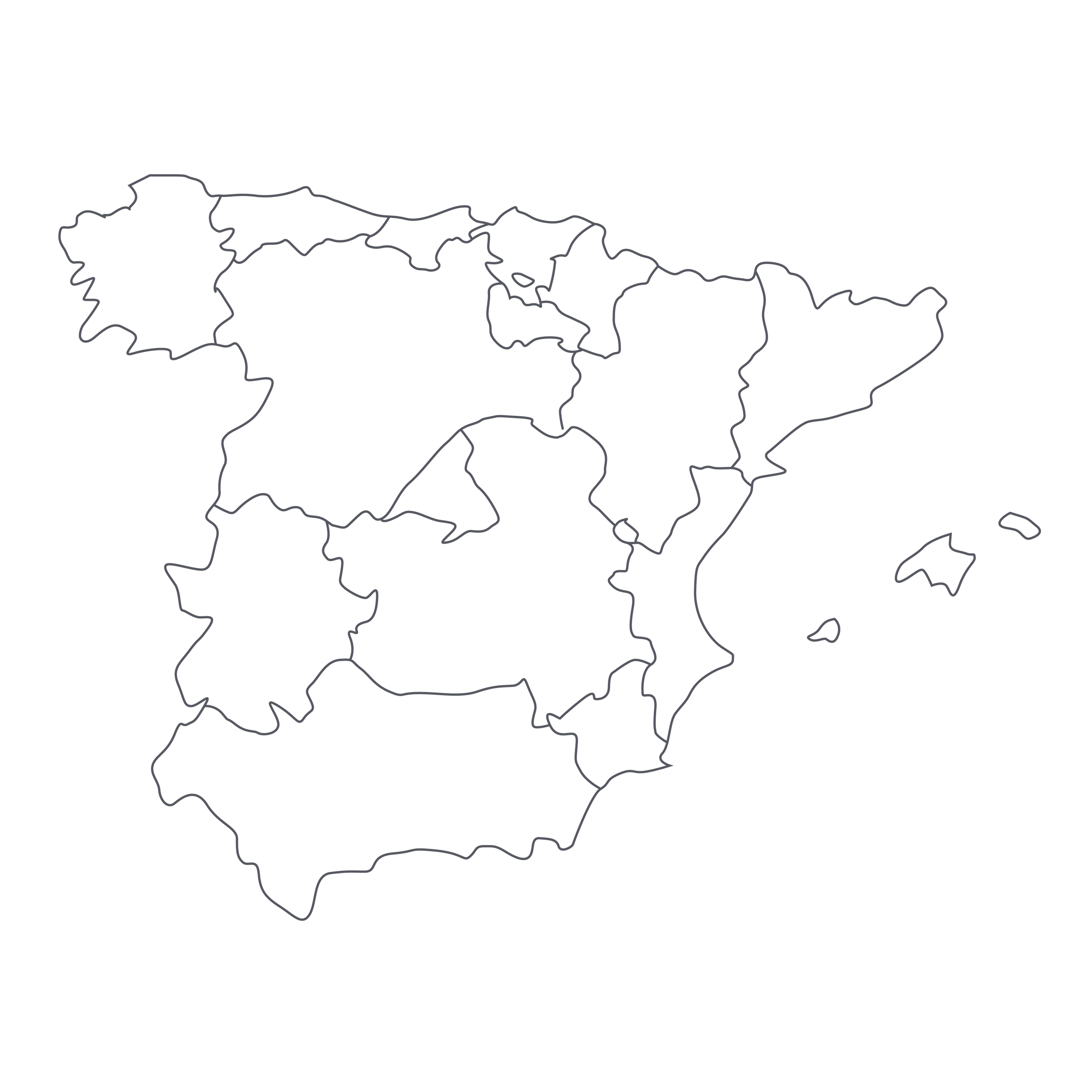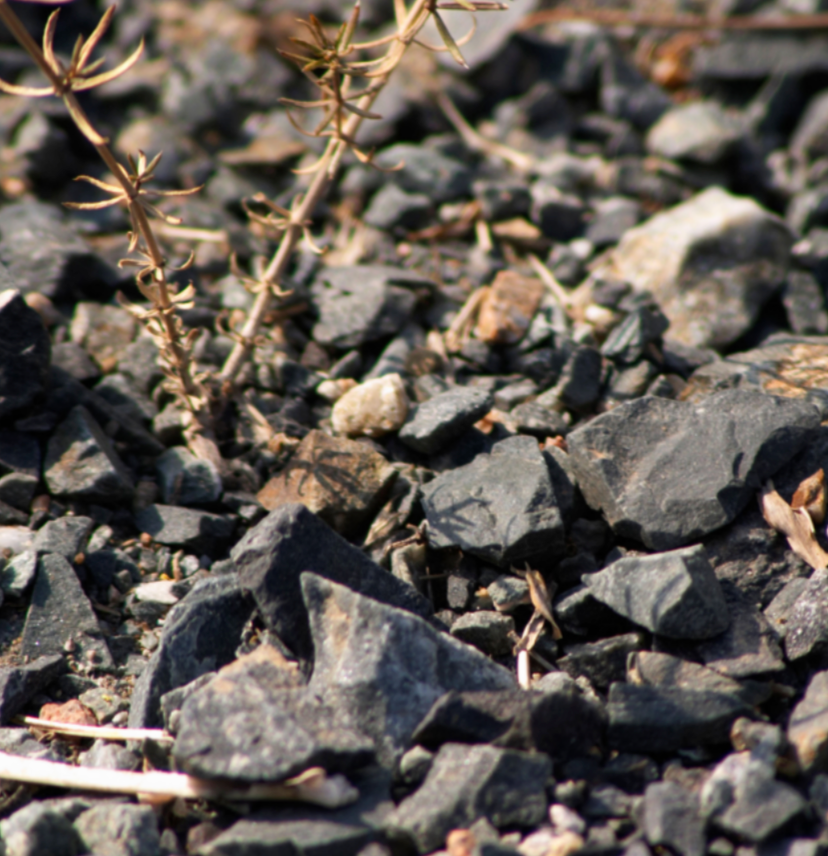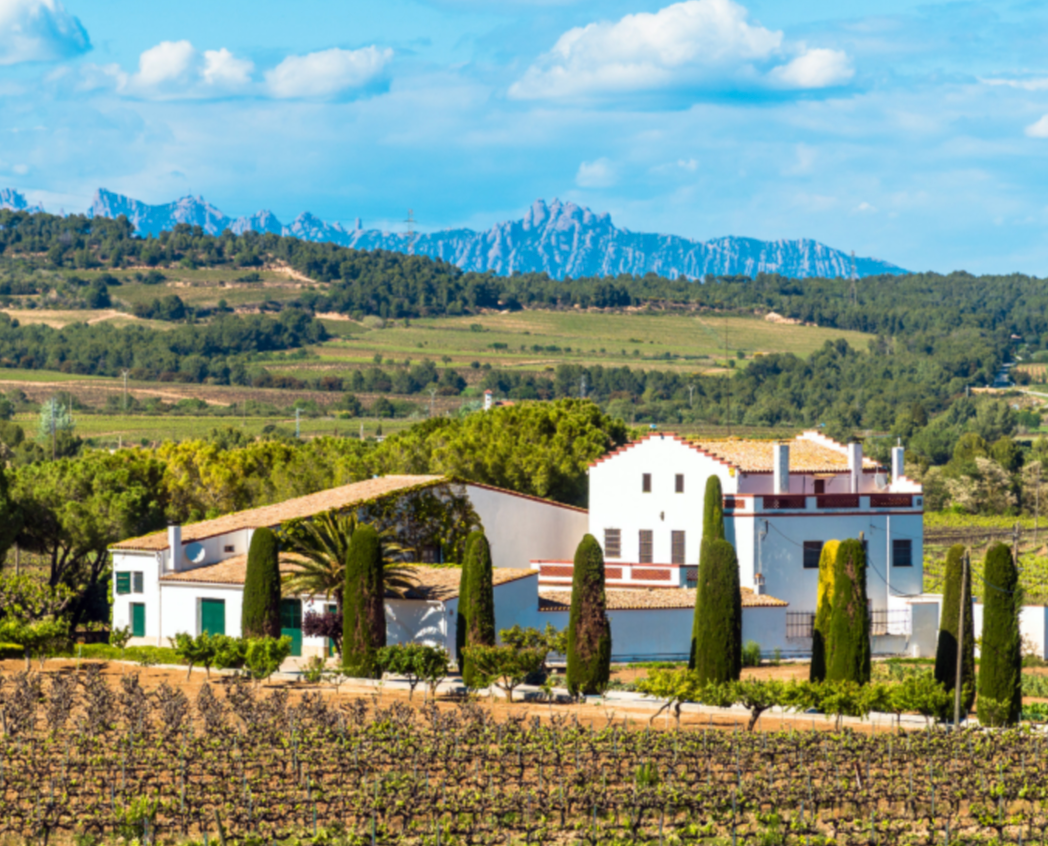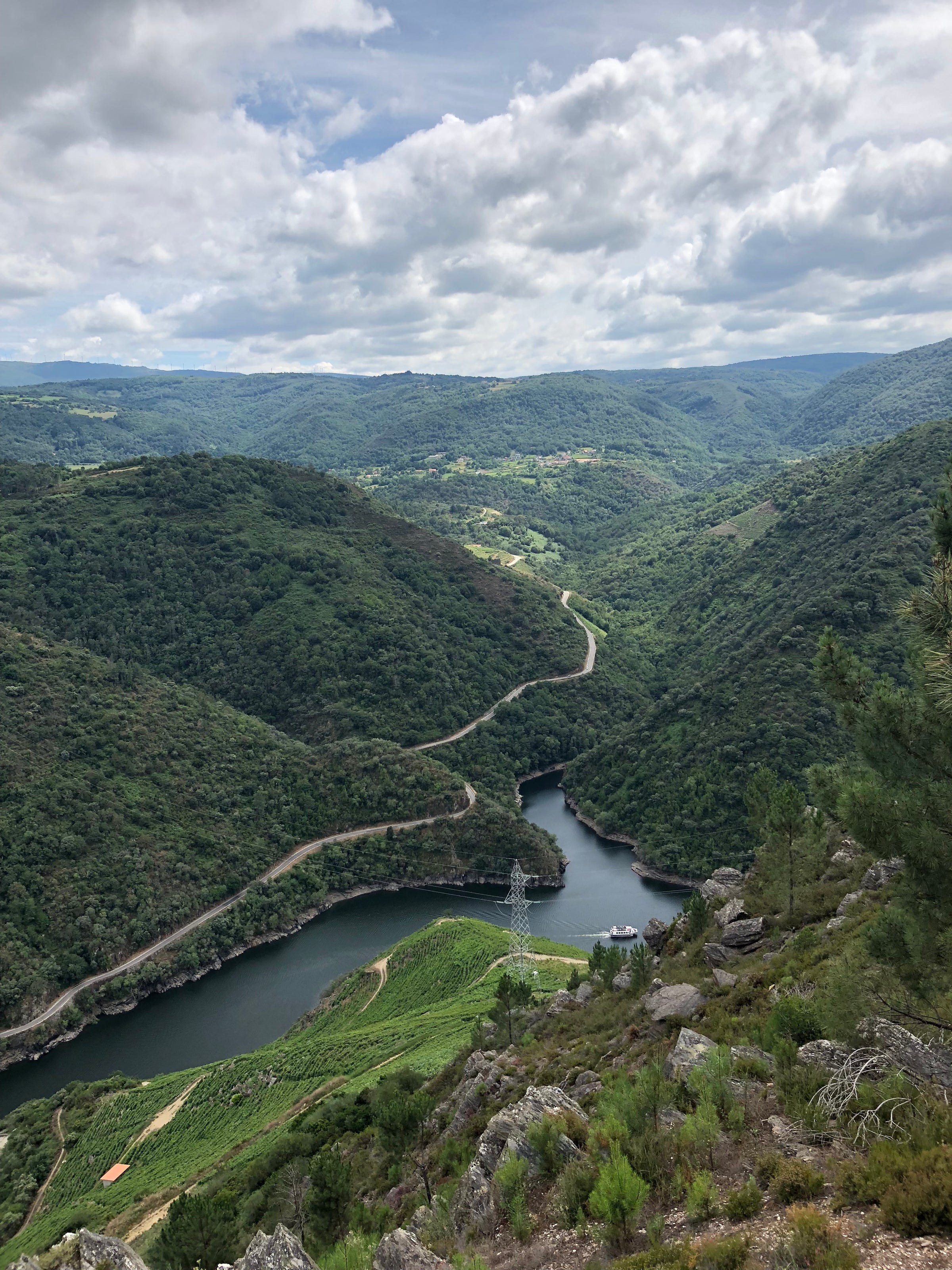After starting off the morning with a woodsy, 1995 Navarra Reserva bombshell, our “Old Spain” series continues with another pristine-condition Reserva of the same vintage. However, we’re now in neighboring, world-famous Rioja and we’re dealing with one of the iconic OGs: Bodegas Riojanas.
Believe it or not, despite the region’s rich, Ancient-Roman winemaking history, only a few estates here have existed for more than a century and Bodegas Riojanas is among them. On release, Riojanas' wines are always so quintessential and classic, but tack on a superb vintage and a quarter-century of flawless aging and you’re in rarefied “sweet spot” territory. This is when Tempranillo and French/American oak flavors have become fully integrated, creating a masterful red of deep nuance, savory complexity, and Burgundian refinement. We can allow up to four bottles per person, but please be quick: We have the same number of bottles as this morning’s offering, and we all saw how quickly that sold out…
If you’ve ever looked at the regions of Rioja and Navarra on a map and realized they’re essentially extensions of one another, I’m sure you’ve asked the same question I once did: why does the former enjoy more fame? It can all be traced back to a railroad in Haro, the epicenter of Rioja. When phylloxera swept through Western Europe in the late 1800s, a small army of Bordelais vintners found winemaking solace in Spain, and because of the railroad network, establishing trade here was more convenient than in Navarra.
As such, Haro is where you’ll find heavyweight bodegas like López de Heredia, La Rioja Alta, Muga, and CVNE, but not all of the legends are based here: Bodegas Riojanas set up shop 12 miles southeast, in the town of Cenicero, in 1890. The size of production today is staggering, as is the case with most of its elite neighbors, but make no mistake: they are among the most respected properties in Rioja.
The fantasy name “Monte Real” was coined by their old French winemaker, Gabriel Larrendat, in the early 20th century, and today it still counts as one of their many brands. Seeing this classic cream label on a Burgundy-shaped bottle means one thing: the pinnacle of Rioja tradition lies inside. Always led by Tempranillo, grapes are sourced from vines in their hometown of Cenicero, and de-stemmed at the winery. After fermentation, the resulting wine matures in high-quality American and French oak barrels for 24 months before bottling and further aging in their cellar. Up until arrival at our warehouse last month, today’s specific parcel spent the duration of its life in a cool, temperature-controlled Spanish cellar.
Proper service is important for wines of antiquity, so please read the following carefully. First, stand your bottle upright for several days (preferably weeks, if you have the time) to allow the sediment and wine to “settle” from its transatlantic journey. When opening, I strongly recommend extracting the cork with an ah-so opener, and here’s a quick demonstration video if needed. (Better still is a Durand, a must-have for lovers of long-aged wines.)
Poured delicately into Burgundy stems and given 1-2 minutes to open up, this 1995 “Monte Real” blossoms with soft, mellow notes of dried currant, ripe red plum, black cherry skin, sweet pipe tobacco, oak spice, coconut husk, sour plum sauce, sandalwood, wet mushroom, balsamic, and dried herbs. The palate is medium-plus bodied, evolved, and deeply polished with a shell of savory, crushed earth that gives way to roasted and dried fruits on the finish. There’s still plenty of verve and lift here, but I don’t foresee its cellar potential exceeding this stage of its life so grab up to four bottles and enjoy them over the next few years. With older, more delicate wines, I believe simple preparations are best: Dig up your easiest beef or wild game recipe and grill it alongside some hearty Portobello mushrooms. Cheers!







